
In 1947, the Philadelphia Warriors won the 1st championship of what was then called the Basketball Association of America (BAA).
They'd also make the Finals in 1948, but lose 4 - 2 to a gritty Baltimore Bullets team. A few years later, the league would rebrand as the NBA.
.png)
The Baltimore Bullets won a championship in their first year (1948) in the BAA, after joining from the American Basketball League (ABL). Their time at the top, though, would be short lived.
After 8 BAA/NBA years, they folded mid-season in 1954. The Bullets name would be resurrected later by what is now the Washington Wizards franchise.
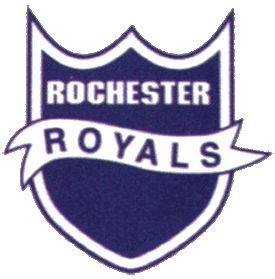
In 1950, the ABL merged with the BAA to form the NBA. The Rochester Royals, a former ABL team, won their only championship a year later in 1951.
Also in the '50-'51 season, Chuck Cooper, Nat Clifton and Earl Lloyd broke the NBA's color barrier. The lily-white league and its fans would struggle poorly with integration in the coming decades.
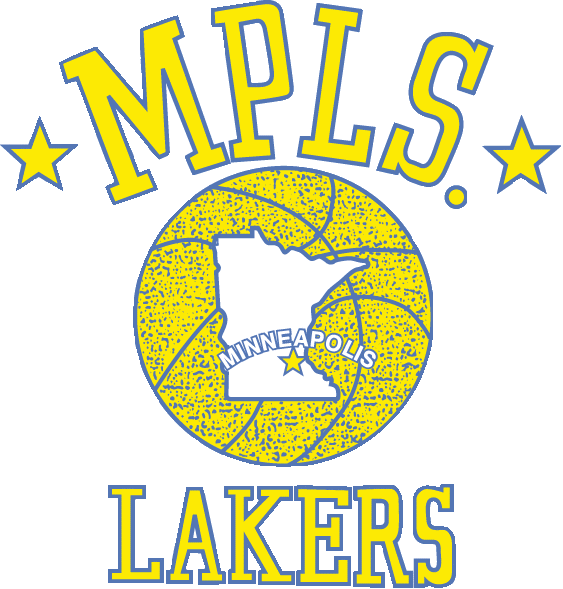
Overshadowing the Royals was the NBA's first true dynasty: the Minneapolis Lakers.
Also a former ABL team, they won a championship in their first NBA year, and didn't look back. Led by Hall of Fame big man George Mikan, the team captured 5 championships in 6 years.
Despite the Lakers' success, the league as a whole was suffering from a lack of excitement in a relatively stagnant game.
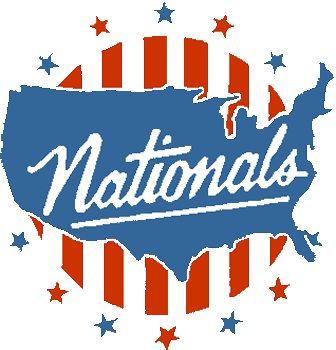
By introducing the 24-second shot clock in 1954, Danny Biasone saved the NBA from boredom. He effectively eliminated the woefully slow pace that led to low final scores like 19-18.
Biasone was the owner of the Syracuse Nationals, and his fast-paced team was an immediate beneficiary of the rule, winning the title that same year.

The continued increase in pace led to a scoring surge and a 99 points per game team scoring average in 1955-'56, up from 79 just two years earlier.
Nearly a decade after their first championship, the Philly Warriors won again, powered by agile scorer Paul Arizin, who had just returned from two years serving in the military.
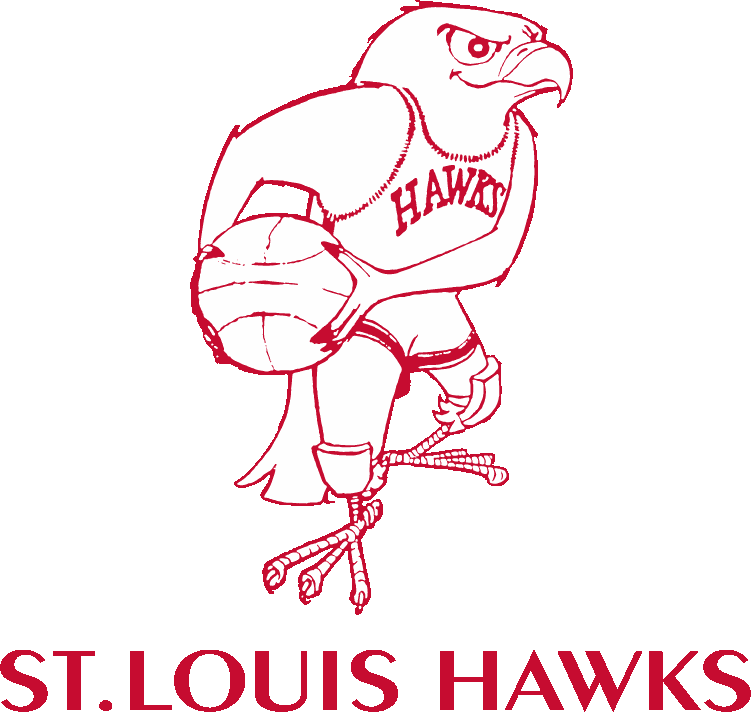
Bob Pettit was another big beneficiary of the scoring boom. He won a scoring title in 1955 as a rookie for the St. Louis Hawks, and continued an upward trajectory to claim league MVP in 1956 and 1959.
Thanks to his ascension, the Hawks won a title in 1958, with Pettit dropping 50 in a Finals Game 6 clincher.

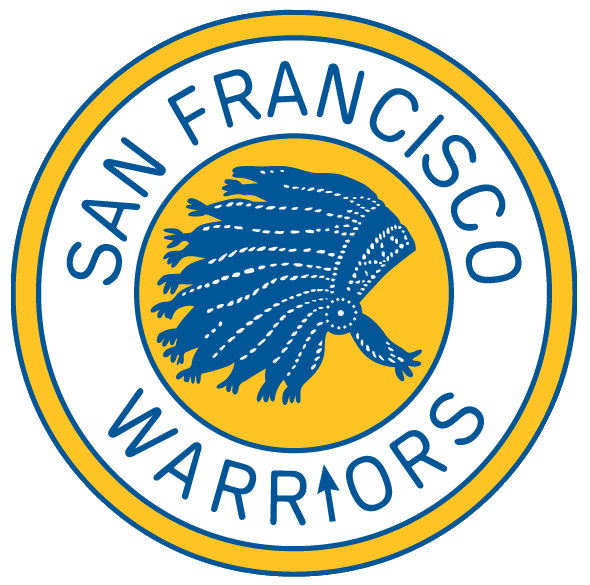
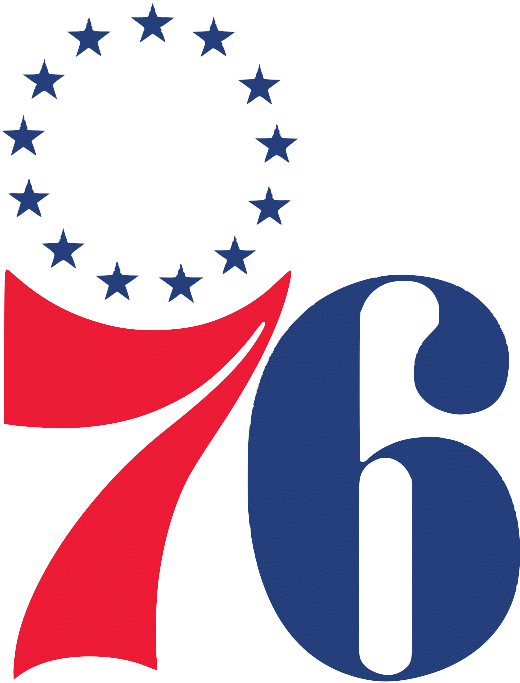
In his first 10 years in the league, Wilt Chamberlain was a dominant individual contributor. In 1961-'62 he dropped 100 points in a single game, and averaged 50.4 ppg with 25.7 rpg (!). He was laser-focused on individual statistics though, often coming at the expense of team success.
During this time, he played for the Philadelphia Warriors, the San Francisco Warriors and the Philadelphia 76ers. He was only part of one truly great team with the 76ers in 1967, when he captured his first championship.
He would continue his career the next half-decade with the Lakers and claim one more championship with an incredible Los Angeles Lakers team.

When looking across the breadth of Wilt's accomplishments, "number of championships" is the only one that underwhelms. And it's for one reason: Bill Russell. All the missing championships from 1957 to 1969 were captured by a legendary Boston Celtics dynasty.
This dynasty spanned the full career of defensive stalwart and team-focused big man, Bill Russell. He stifled Wilt the Stilt for a decade straight and grew into the definitive measure of NBA success.
Not only could Russell play the game at an incredible individual level, but he could also consistently elevate the level of those around him. No doubt, he had excellent teammates like Bob Cousy, and a legendary head in Red Auerbach, but Russell was the constant.
Yet after Cousy retired in 1963, Russell would win another 5 championships. After Auerbach retired in 1966, Russell simply replaced him as head coach, while continuing to play! Breaking barriers, he became the NBA's first African American coach, and then went on to win 2 more titles as a player-coach. Unbelievable.
In total, Russell and the Celtics won 11 rings in 13 seasons. That's an 84.6% title win percentage. Wildly, that championship win percentage is slightly better than Michael Jordan's career free throw percentage of 83.5%. It's safe to say nobody will come close to that record ever again. The man was a fierce competitor and a model of consistency, resulting in one of the greatest dynasties in all of sports.
Sadly, his basketball career (and the careers of all other non-white players of the era) was marked by virulent racism, particularly in Boston. He was and is a politically active advocate for equality, speaking out frequently against injustice. It would take many, many decades for the NBA to repair its relationship with Russell.
In 2009, the league renamed the Finals MVP Award to the Bill Russell NBA Finals MVP Award, and since then, Russell has become a fixture of the Finals. He presents the trophy to the victor, passing on the torch to the next generation's elite.
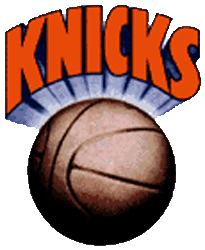
Russell's retirement in 1969 left a void for teams to fill. Amongst the first teams to step in was the New York Knicks.
The 1970 team was propelled by MVP Willis Reed and coach Red Holzman to a post-season where they defeated Kareem Abdul-Jabbar (then Lew Alcindor) of the ascendant Milwaukee Bucks and Jerry West of the Lakers.
The Knicks would remain in contention the following years with the same core, rising to their second and, sadly, most recent, franchise championship in 1973.
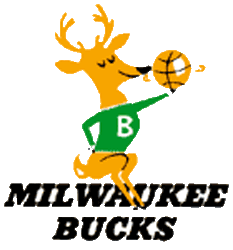
After striking gold by drafting Kareem Abdul-Jabbar in 1969, the Bucks won again by trading for Oscar Robertson in 1970. By this point, Oscar had been an MVP and averaged a triple-double for the Cincinnati Royals.
He was exactly the spark the young franchise needed, and they won a championship that same year. They'd also make the Finals in 1974, Robertson's last year, but lose to a tough Celtics team.
Soon after Oscar's retirement, Kareem requested a trade to either NYC or LA. His primary reason was that the Midwest did not meet his cultural needs: a nice way of saying the city would not accept a politically active, outspoken black man who had converted to Islam.
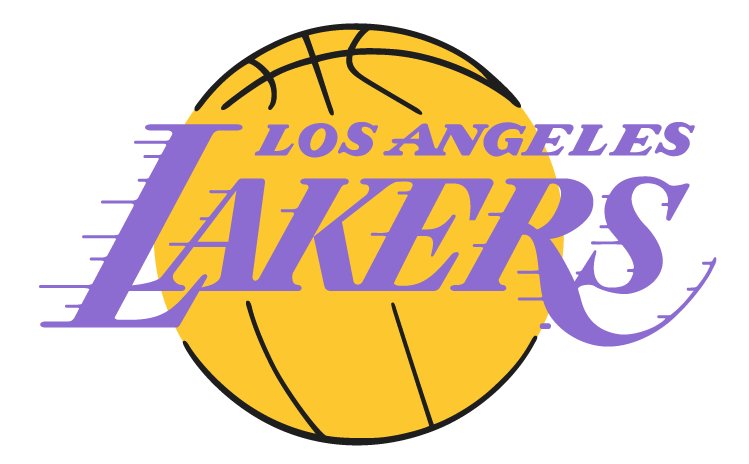
During this same time, a Los Angeles Lakers team with a formidable core of Jerry West and Wilt Chamberlain finally made it to the mountaintop. In a groundbreaking regular season, the 1971-'72 Lakers notched record after record on the way to a title.
They won 33 games in a row, which is still the longest streak in NBA history. They won 69 games, a record that would stand for 25 years. And most importantly, Jerry West won his first title, snapping a Bill Russell-caused streak of 7 Finals lost.
In 1973, the Lakers would also reach the Finals, losing to the Knicks in 4 games. After that Finals, Wilt retired and West retired the year after.
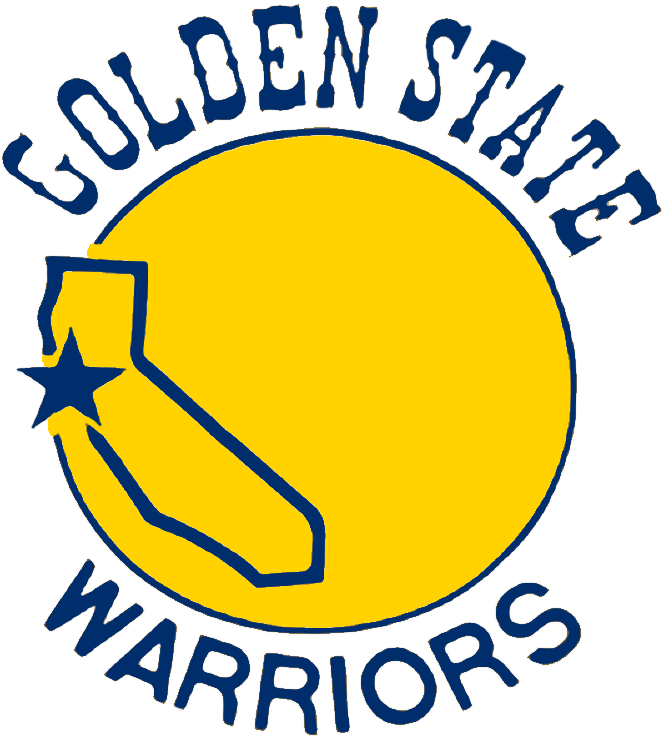
Also out on the West Coast, the Rick Barry-led Golden State Warriors were putting together what he would call a "fairy-tale season." With West and Robertson both retired, there was strong opportunity for a new champion.
In the 1975 post-season, the 60-win Washington Bullets dispatched the Celtics and appeared poised to take down the overmatched 48-win Warriors in the Finals.
Nevertheless, behind an excellent Rick Barry Finals performance, the Warriors stunned the Bullets with a 4-game sweep.
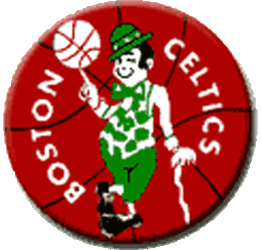
A precursor to the Celtics' success of the 80's, the 70's team oscillated in and out of title contention. For a 4-year stretch, With Hall of Fame players John Havlicek and Dave Cowens leading the way, they were strong contenders and won 2 titles in 1974 and 1976.
Also during their 1975-'76 title season, merger talks with the American Basketball Association (ABA) were nearing a successful close. The ultimate merger would, for a brief stretch, challenge the traditional power franchises in the NBA, including the Celtics and Lakers.
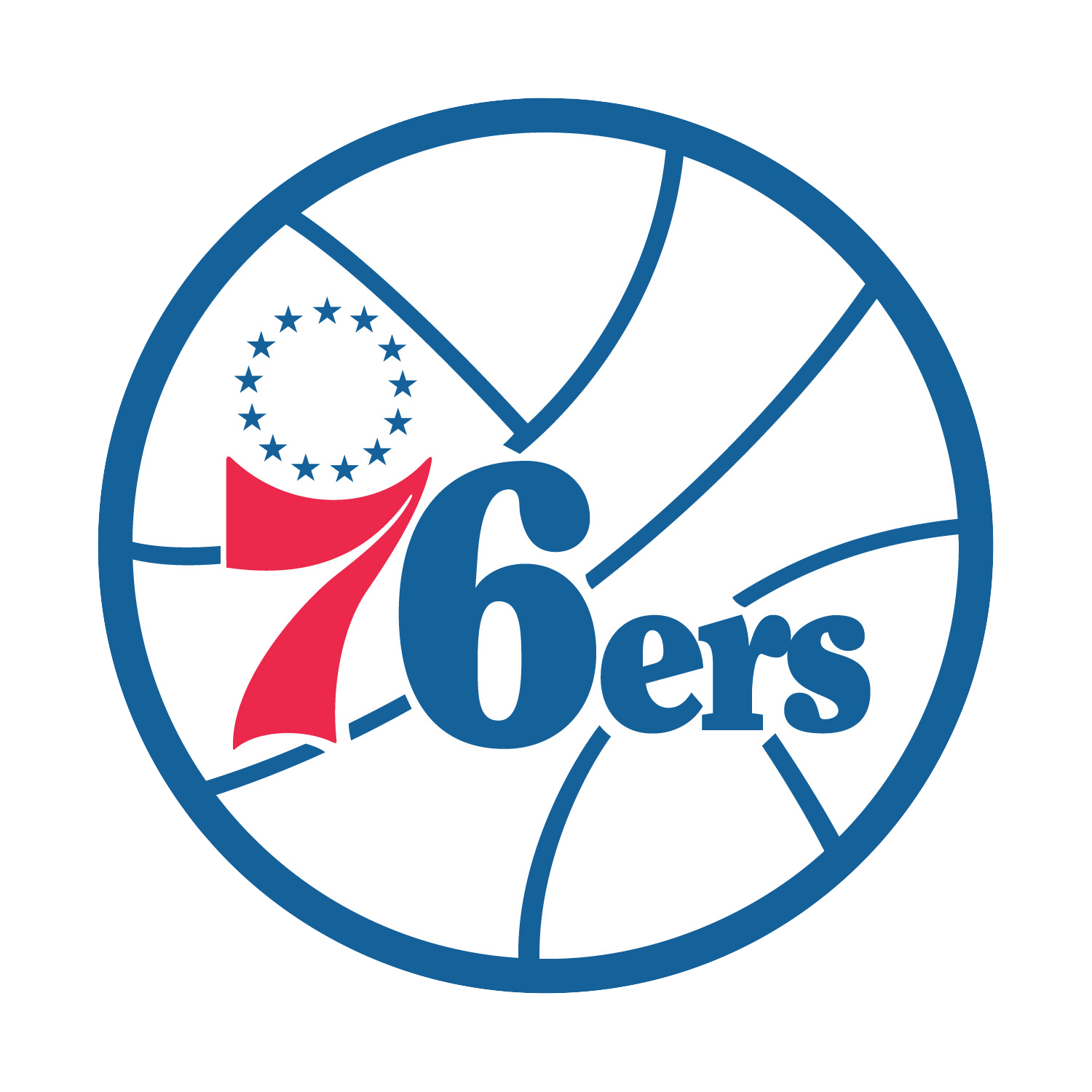
The 1976-'77 season marked the first post-merger season for the new NBA. At this point, there were 22 teams, with 4 new franchises from the ABA: the Denver Nuggets, New York Nets, Indiana Pacers, and San Antonio Spurs. The Spurs would kick off a perennially strong franchise with George Gervin, though the Nuggets and Nets would struggle to find footing.
The centerpiece of the merger from a business and basketball standpoint, though, was Julius Erving, aka Dr. J. His revolutionary style turned the game vertical with high flying dunks and flair.
He's the father of the free throw line dunk, had the nastiest baseline scoop of all time, and slammed home the iconic rock-the-baby dunk. His creativity with the game propelled a direct path through Magic and MJ to the modern NBA.
Further, even in a time of racial animosity, when white fans and owners were worrying the league was becoming "too black", he immediately became a fan favorite across the league.
In Dr. J's first NBA season, he made the Finals with the 76ers, and he would make the Finals again in 1980. Finally, he'd win a title in 1983 with the ascent of Hall of Fame and MVP teammate Moses Malone.
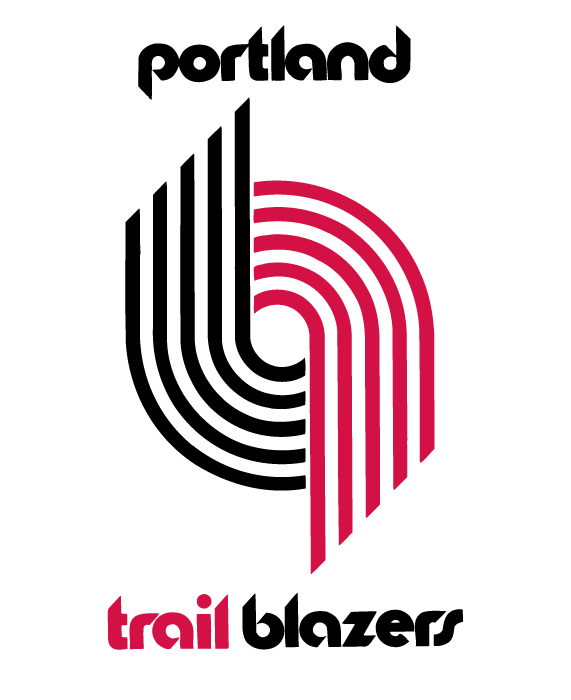
Taking down Dr. J in his first NBA Finals appearance in 1977 was the unlikely Portland Trail Blazers. Their team had crucially acquired Maurice Lucas from the ABA and was led by center Bill Walton. After falling behind 2-0, they stormed back to 4 straight wins, earning the sharpshooting nickname of "Rip City" (rrrrip = sound of nothing but net).
The following year, the Blazers would start the season 50-10, appearing to be on their way to a top 10 NBA season. However, in that 60th game, Bill Walton broke his foot. He was able to come back for the Conference Finals that year, but re-broke the foot in game 2, and the Blazers lost the series in 6.

After several years of contention, the Washington Bullets finally got their first Finals win in 1978. The team featured 10-time All-Star Elvin Hayes and defeated the Seattle SuperSonics in a tight 7 game series.
The season was marred, however, by brawls breaking out mid-game. In one fight, league star Kareem Abdul-Jabbar punched Bucks' rookie Kent Benson, breaking his hand in the process and missing 20 games.
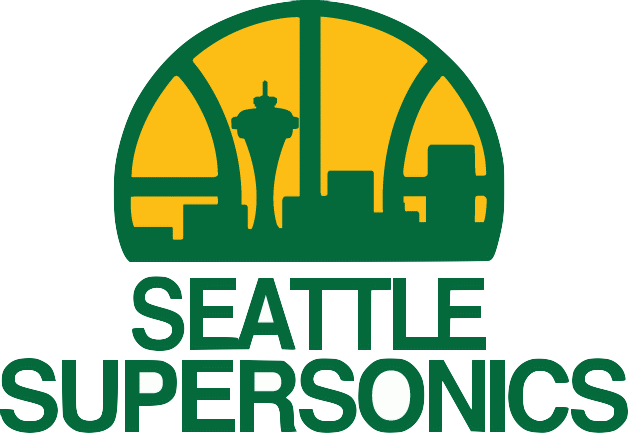
In 1979, the Seattle SuperSonics made their way back to the NBA Finals, where they would avenge the previous year's loss by beating the Bullets in 5.
The league at the time, however was continuing to suffer: they had tape-delayed games for fear of fights breaking out, cocaine was a full-fledged problem the league insufficiently combated, and fights continued.
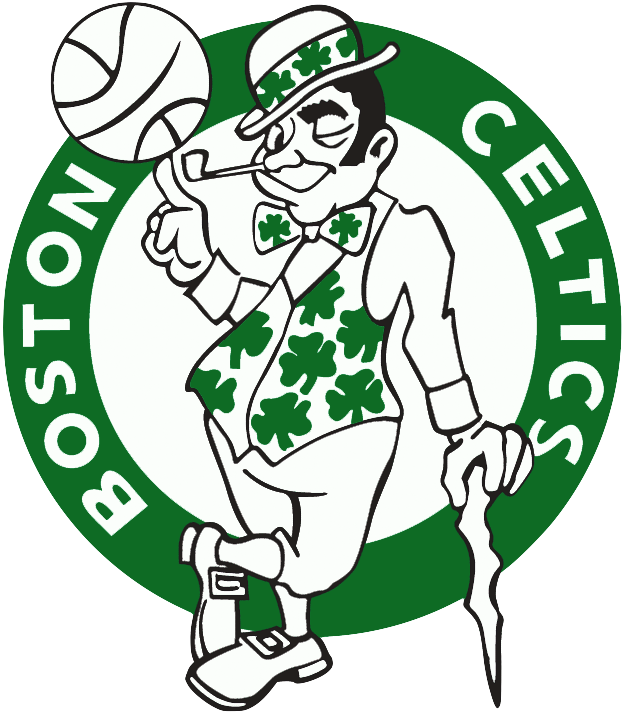
At this low point, came the resurgence of two of the most storied franchises, with fresh faces that helped redefine the league. It should also be noted that the league was trying to change the game itself, introducing the 3-point line in 1980 as well.
Larry Bird joined the Boston Celtics in 1980, immediately turning the franchise into a contender. Larry Bird's arrival to the scene turned into 4 Finals appearances, culminating in 3 titles, a bitter rivalry with the Los Angeles Lakers, and multiple defeats of the young Michael Jordan-led Bulls.
Bird himself was a sharpshooting big man, pioneering the 50-40-90 club, and paving the way for later iterations like Dirk Nowitzki and Kevin Durant.

The same year Bird joined the Celtics, Magic Johnson joined the Lakers. Pairing him up with Kareem and another Hall of Famer in James Worthy created a dynasty that finally had the upper hand over the Celtics. In 1984, after the Lakers franchise had lost 8 times in the Finals to the Celtics, the Lakers finally beat them 4 - 2.
This dynastic team won 5 championships and competed in 9 of the 12 Finals between 1980 and 1991. Kareem became the all-time NBA scoring leader during this time, and Magic redefined the forward position as a 6'9" wunderkind. He could pass with the agility of a point guard and score down low with the strength and skill of a center. He was the precursor to the positionless NBA we have today.
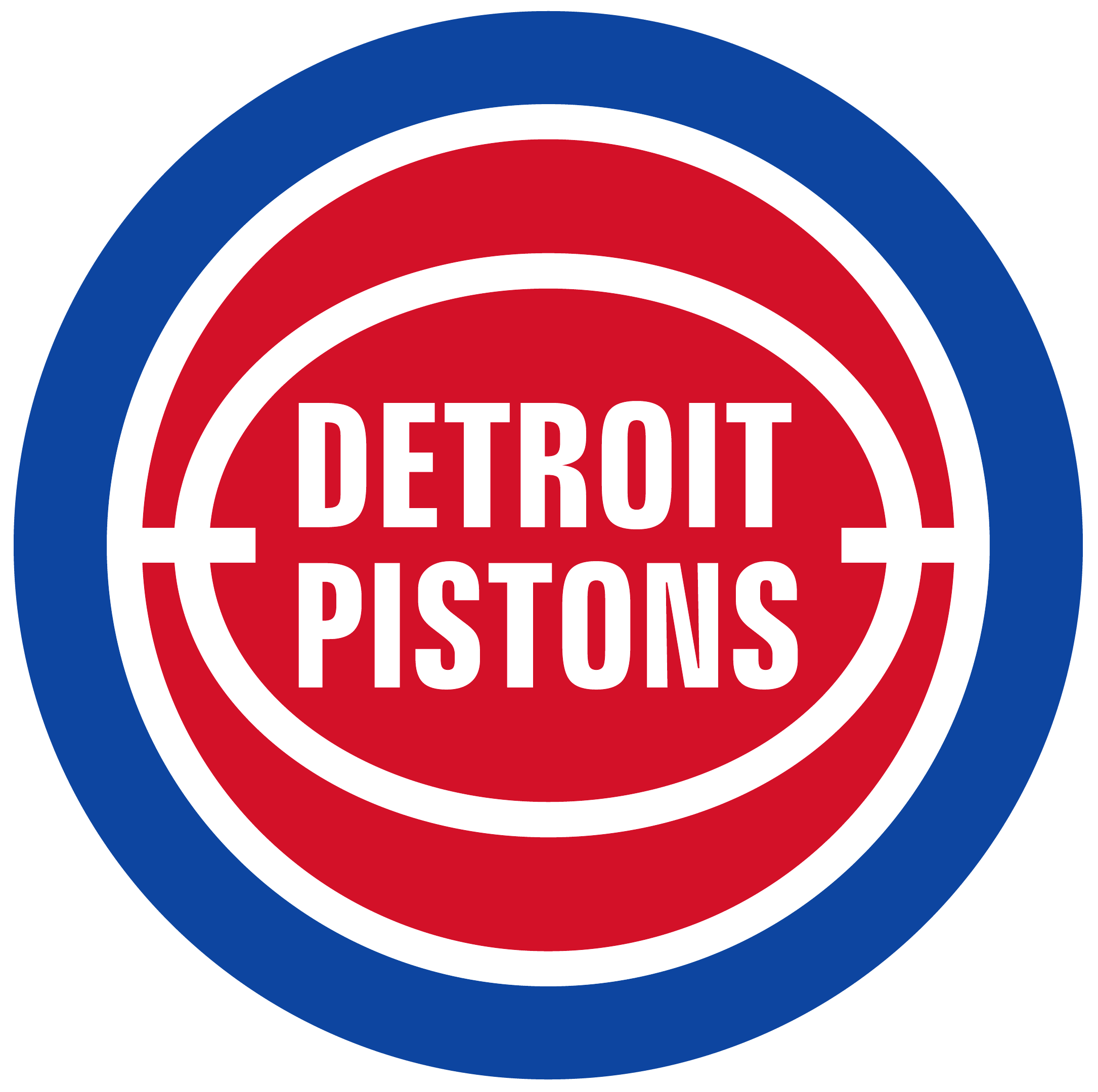
Though the Lakers and Celtics 7 of the 10 titles in the 80's, there was one often overlooked team that overtook those dynasties: the Bad Boy Pistons.
Led by Isiah Thomas, Bill Laimbeer and Dennis Rodman, this team won back-to-back championships in 1988 and 1989. They played an intentionally violent style intended to throw the other team off their game.
They were hated for this physicality and they resented the savior label placed on the Larry Bird, Magic Johnson and Michael Jordan. They played the angry underdog role, and it fueled them to an impressive championship run in one of the most competitive eras of the NBA.
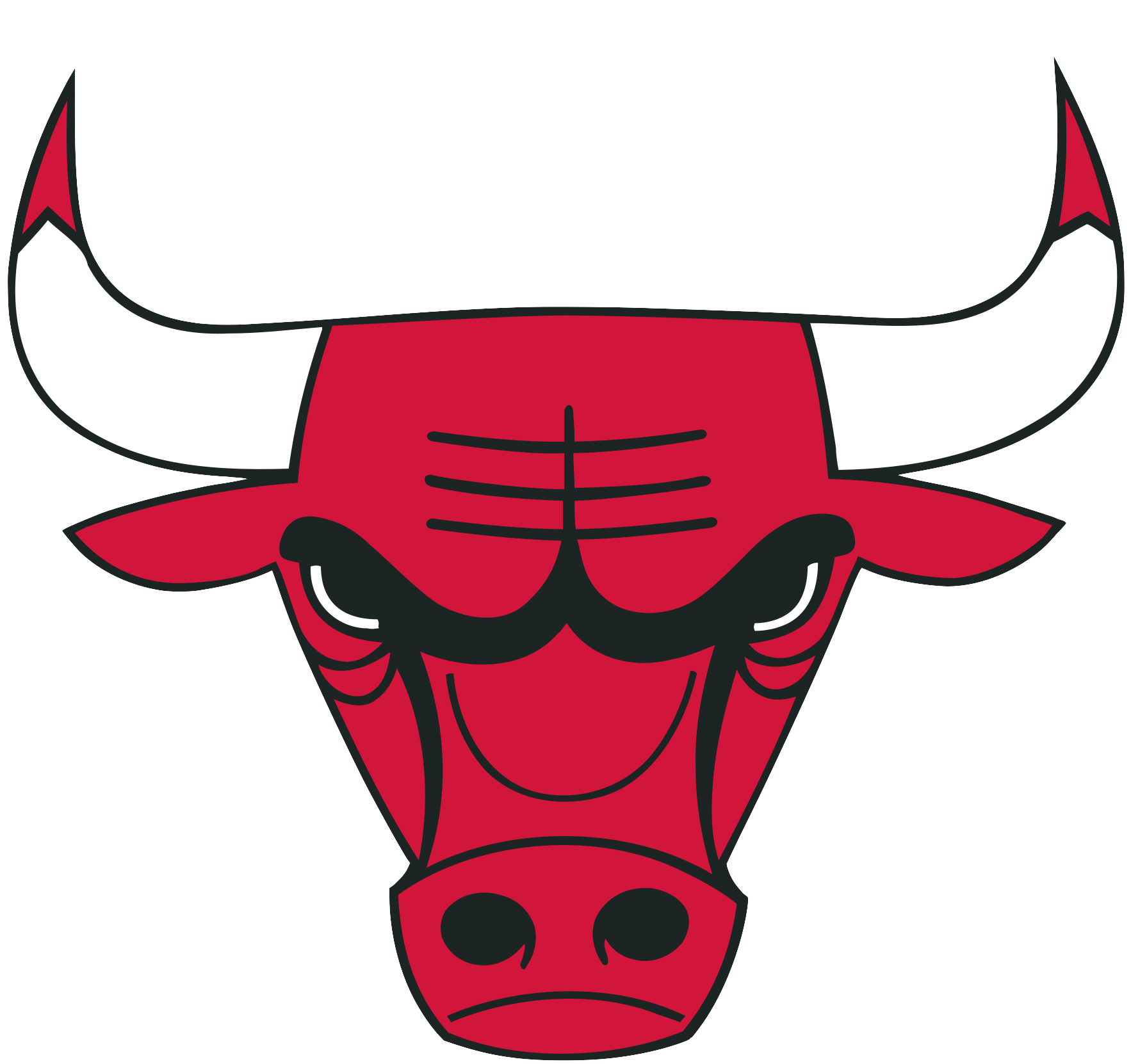
A singular force of nature, a relentless competitor, the championship-winning Michael Jordan would be forged in 1980s playoff battles with the Celtics, Lakers, and Pistons. He would rise to each challenge, defeating all of these franchises in the years leading up to the Bulls first three-peat starting in 1991.
The characters in the story are known to all: Phil Jackson, Scottie Pippen, Steve Kerr, Dennis Rodman. They were all crucial in their own way to Jordan's ascension. But nobody played the game like Mike. No one commanded the room like he did.
Nobody, not even Dr. J, walked in the air like he did. The number of iconic shots, performances, and dunks is too high to list here. He defeated every big star of the 80s and 90s, leaving no air in the room for anyone else.
Bird and the Celtics? Done. Isiah and the Pistons? Done. Magic and the Lakers? Done. Barkley and the Suns? Done. Ewing and the Knicks? Done. Malone and the Jazz? Done. At his peak, he could not and would not be beat.
Only the 2 years when he stepped away from the Bulls could break his championship streak of the 90s. And when he returned, he soon found his legs, powering the team to a second three-peat starting in 1996.
The legend of MJ and this team only continues to grow with The Last Dance series. It's a fascinating window into the forces keeping that last 1997-'98 team together and revealing what tanked the franchise and forced peak Jordan into retirement.
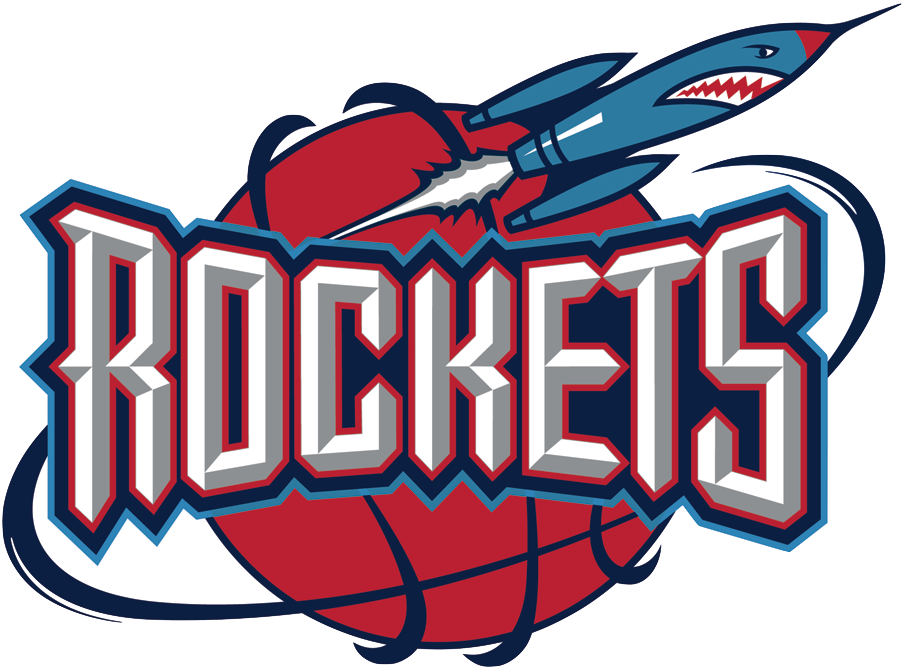
In the brief mid 90s window when Jordan stepped away from basketball, no team took advantage quite like the Houston Rockets. They were a prodigious team in their own right, led by Hakeem Olajuwon, the greatest foreign-born player.
Hakeem had gone to the finals in 1986, but lost to the Celtics. This time around, with fellow All-Star Clyde Drexler, the Rockets won back-to-back championships in '94 and '95. As a historical side note, these were also the first 2 of 7 championships to be won be prodigious role player Robert "Big Shot Rob" Horry.
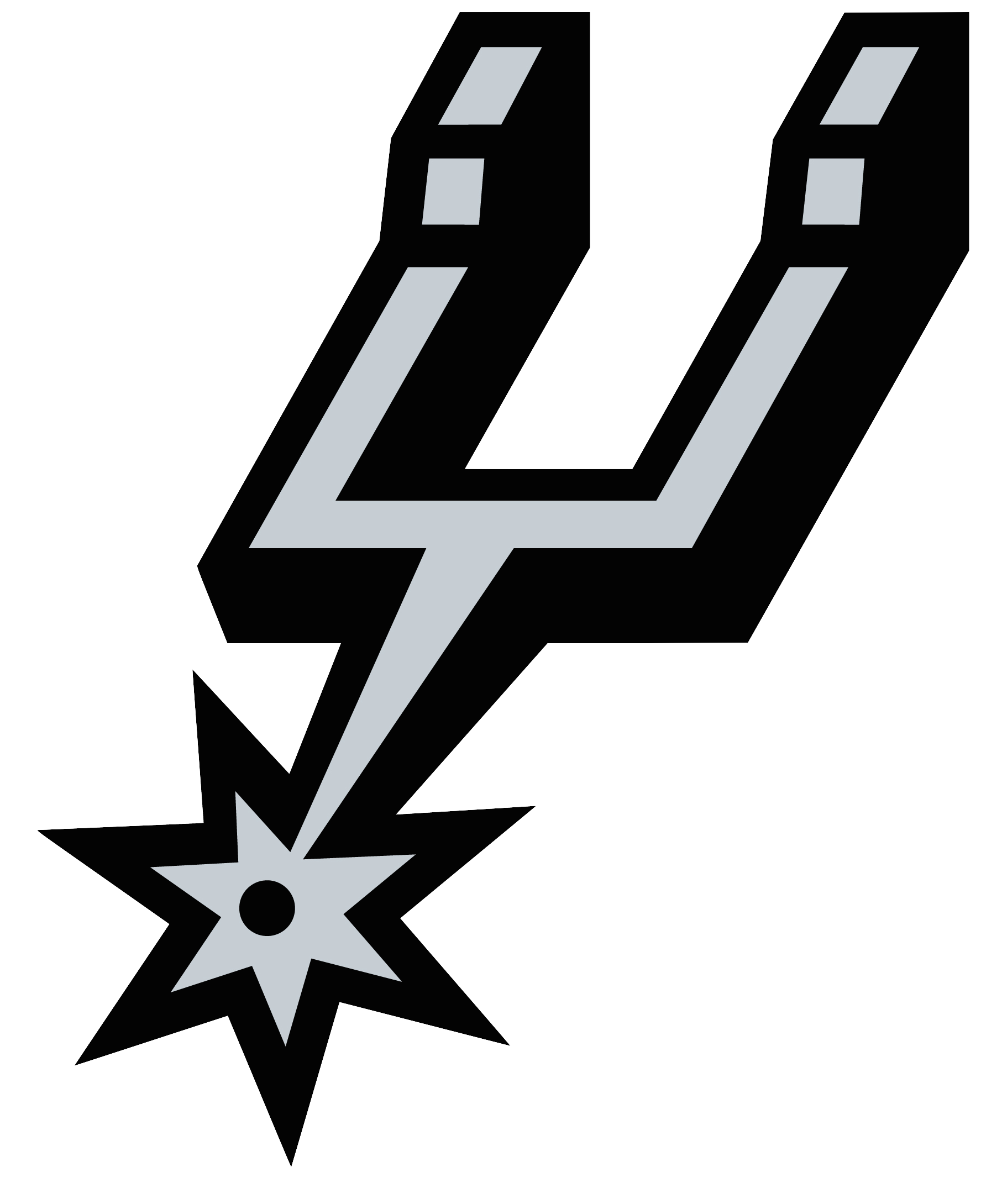
Following the Bulls' second three-peat and immediate collapse, two teams in the Western Conference would form dynasties running throughout the next 10-15 years. Led by Tim Duncan, the San Antonio Spurs established themselves as the premier team and premier team-culture of the era.
Kicking off a run of 20 consecutive playoffs for the franchise, Tim Duncan and David Robinson won a championship in 1999. The infusion of foreign talent from Tony Parker (France) and Manu Ginóbili (Argentina) helped capture another three titles in 2003 (Robinson's last year), 2005 and 2007.
This trio led by Duncan would contend for many years, but wouldn't reach the Finals again until 2013. With the ascension of a young Kawhi Leonard, the Spurs won again in 2014, effectively ending the attempted dynasty of LeBron James, Dwayne Wade and Chris Bosh of the Miami Heat.
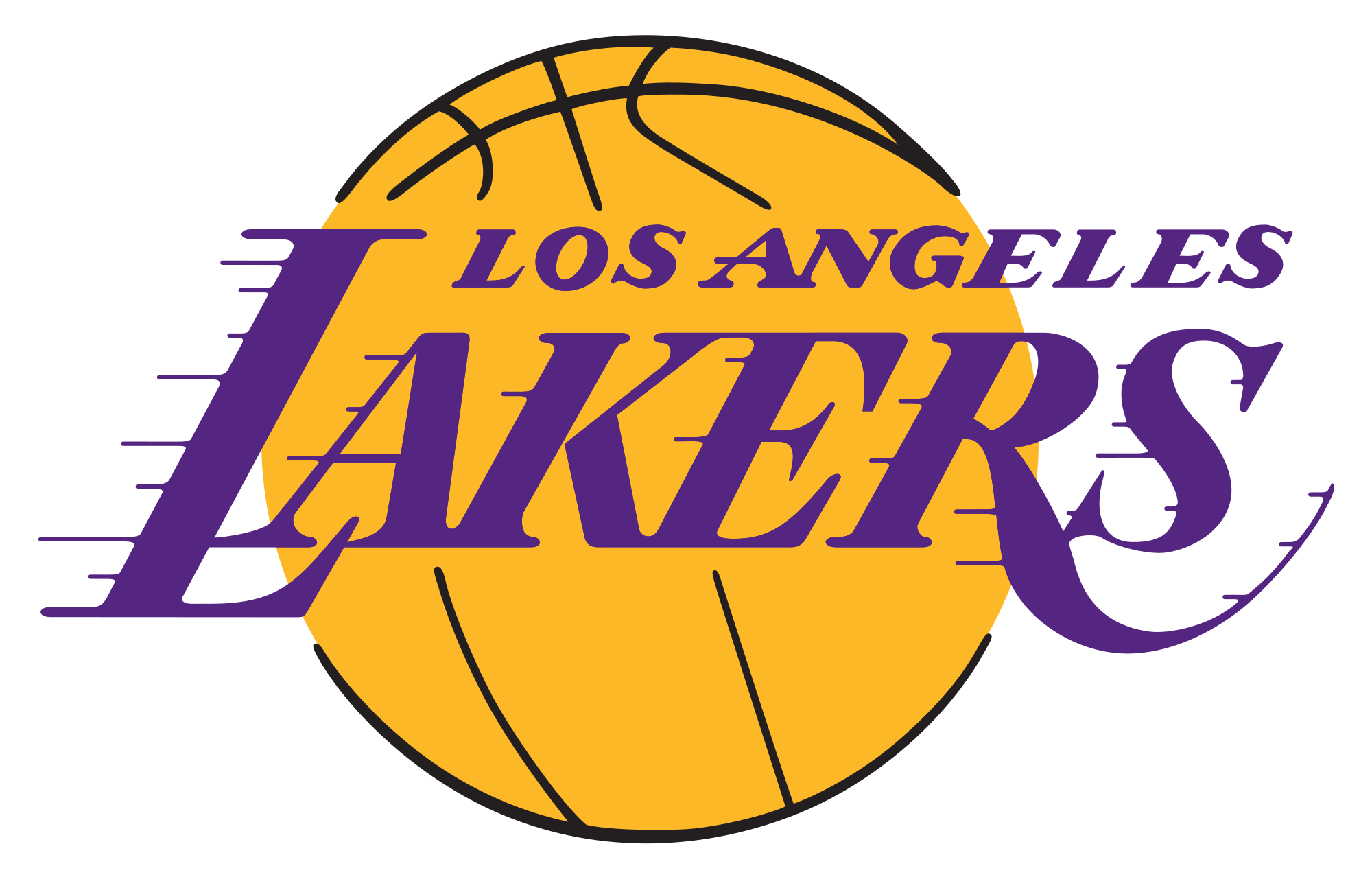
Contemporaneously, two separate iterations of Kobe Bryant would help the Lakers to 5 championships between 2000 and 2010. In the early 2000's, it looked like the Lakers were ready to take up the mantle of the Jordan-led Bulls as the decade's dominant team.
The first 3 championships were a back-to-back-to-back tour de force from an unquestionably dominant Shaq, a young Kobe Bryant and a steady Phil Jackson. Kobe was a prolific scorer straight out of high school and his game grew at a rapid pace. By the third championship in 2002 though, fissures in the team's chemistry had fully formed, as young Kobe increasingly demanded more of the offense run through him.
Clashes of personality and playing style ultimately drove Shaq out of town in 2004, collapsing a potentially historic dynasty before it could fully get off the ground. Kobe's singular intensity and drive to win, however, would lead the Lakers back to the promised land by the end of the decade.
In 2007, Kobe switched jersey numbers from No. 8 to No. 24, a symbolic gesture signaling his personal and career rebirth. In 2008, Kobe would get back to the Finals with the help of All-Star Pau Gasol and the return of Phil Jackson to coach the team. Though they lost that year to the Celtics, they would win a championship in 2009 and avenge their Celtics loss by winning again in 2010.
Though injuries derailed the late prime of Kobe, his mark on the Lakers franchise was indelible, leading the team through a full decade of basketball prosperity, and placing himself firmly in the NBA's Pantheon.
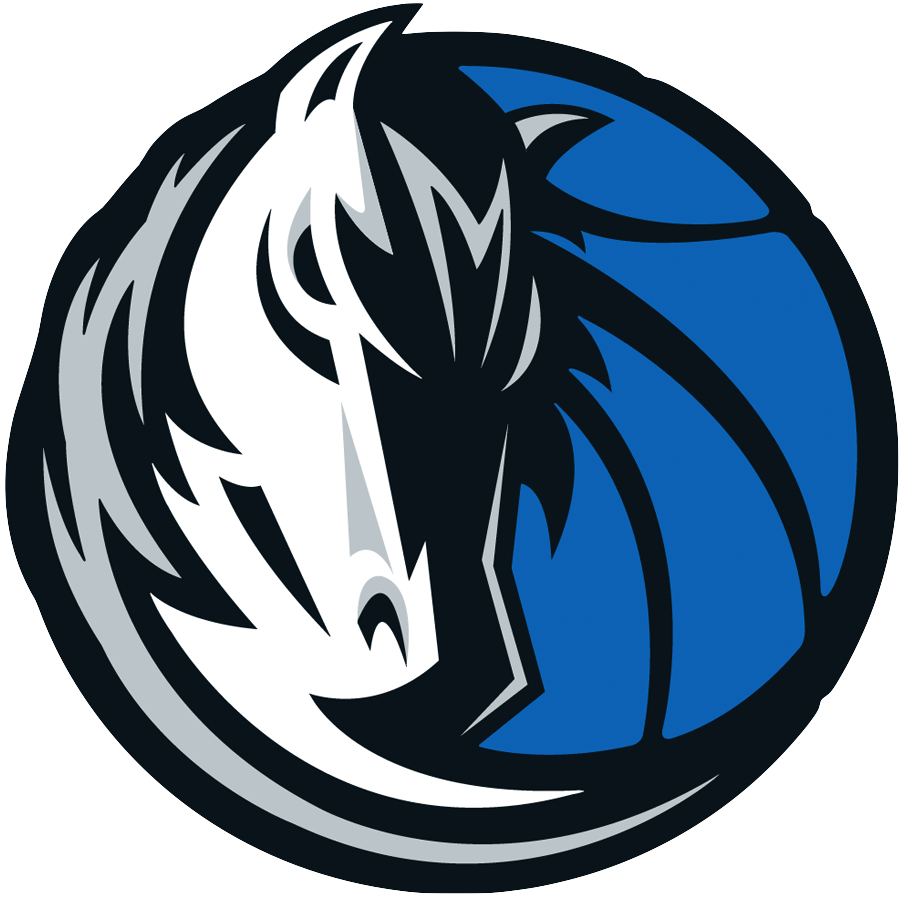
From 1999 to 2011, the Spurs and Lakers appeared in 11 of the 13 championships, winning a combined 9 of them. The only other Western Conference team to make the Finals during this time was the Dallas Mavericks, led by Dirk Nowitzki.
In 2006, the Mavs went up 2-0 in the Finals, then collapsed to a talented Miami Heat team. It would take Dirk until the 2011 playoffs to reach the Finals again.
In 2011, the Mavs took down the defending champion Lakers and the Durant-Westbrook-Harden Thunder en route to a Finals matchup against none other than the Miami Heat.
Dirk led the underdog Mavs to an astonishing 4-2 defeat of the LeBron-Wade-Bosh Heat, then in their first year together. Dirk's Finals victory would immediately reverse a career-long label of being "not-quite-good-enough", and would cement his place amongst the NBA's greats.
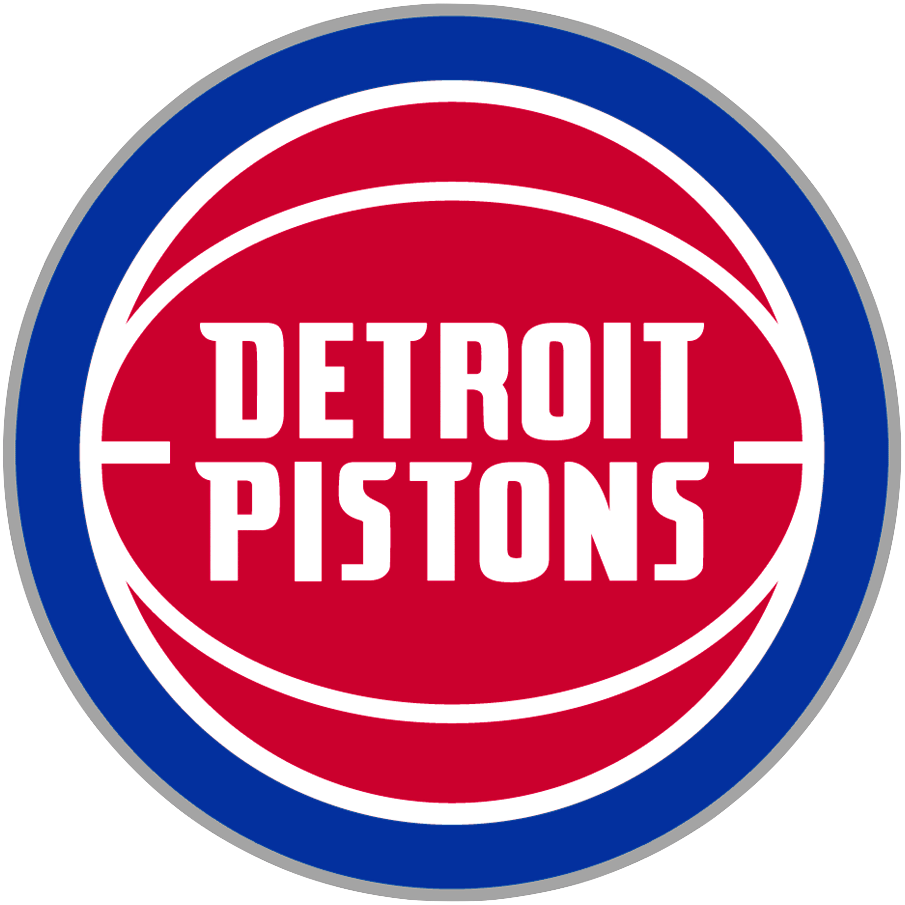
Not to be overlooked during the Western Conference reign of power were several excellent teams that broke through the West's stranglehold. First in the era was the Detroit Pistons, another paradigm of team basketball. With Chauncey Billups, Rasheed Wallace, Ben Wallace, RIP Hamilton, and Tayshaun Prince, that team put together a defense that wouldn't let you move.
They made back to back Finals appearances in 2004 and 2005, beating the waning, dysfunctional Shaq & Kobe Lakers in 2004.
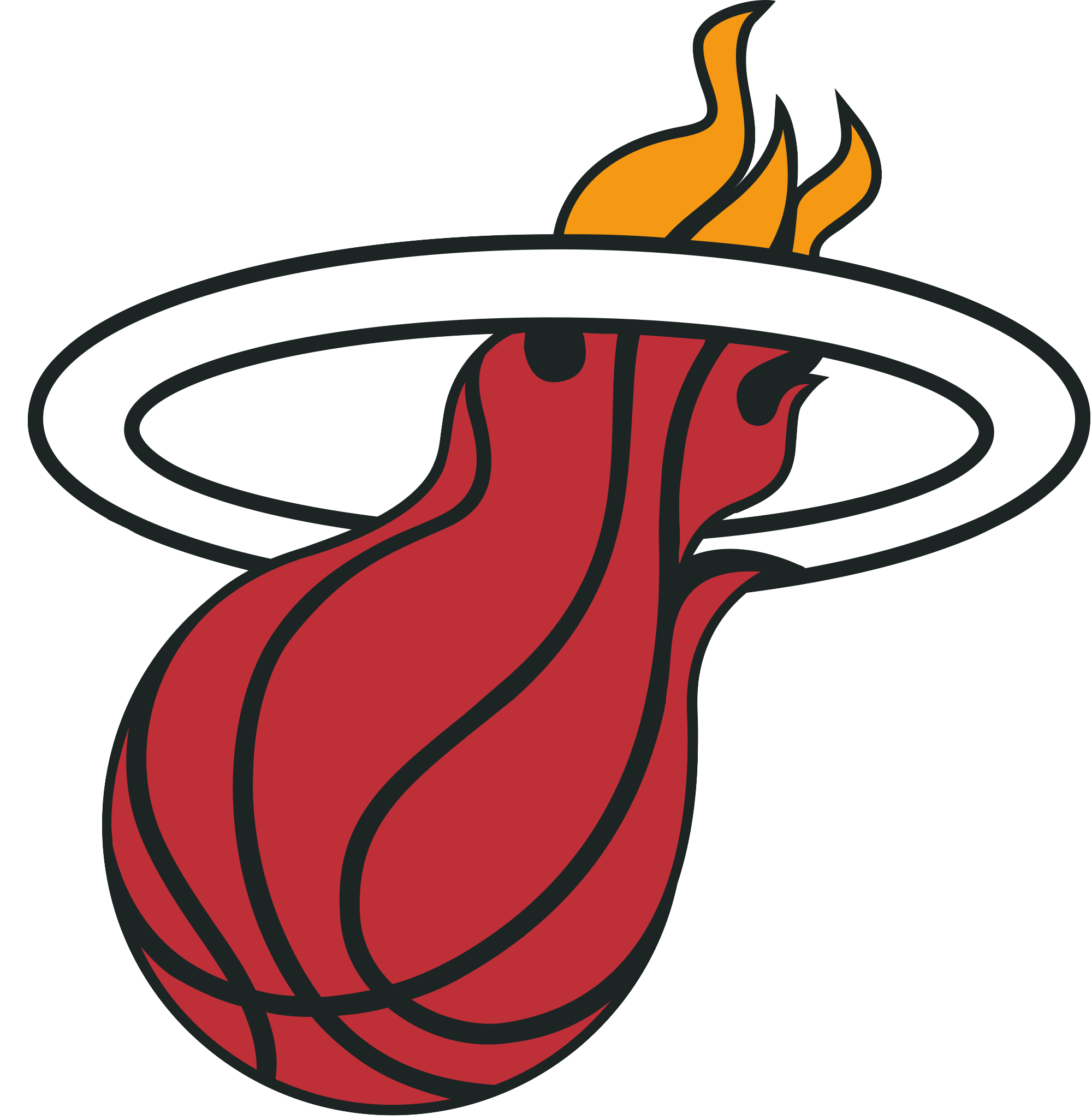
Alluded to in the Mavs section, the 2006 Heat were a great combination of experience and youth. Dwyane Wade turned in an iconic Finals performance in just his third year in the league, notching 34.7 ppg.
Coached by Pat Riley, and helped along by an aging but still powerful Shaq, the team never gave up on themselves. They fell behind 2 - 0, and then rallied to win 4 straight, reversing their fortunes and establishing Miami as an alluring franchise on the rise.
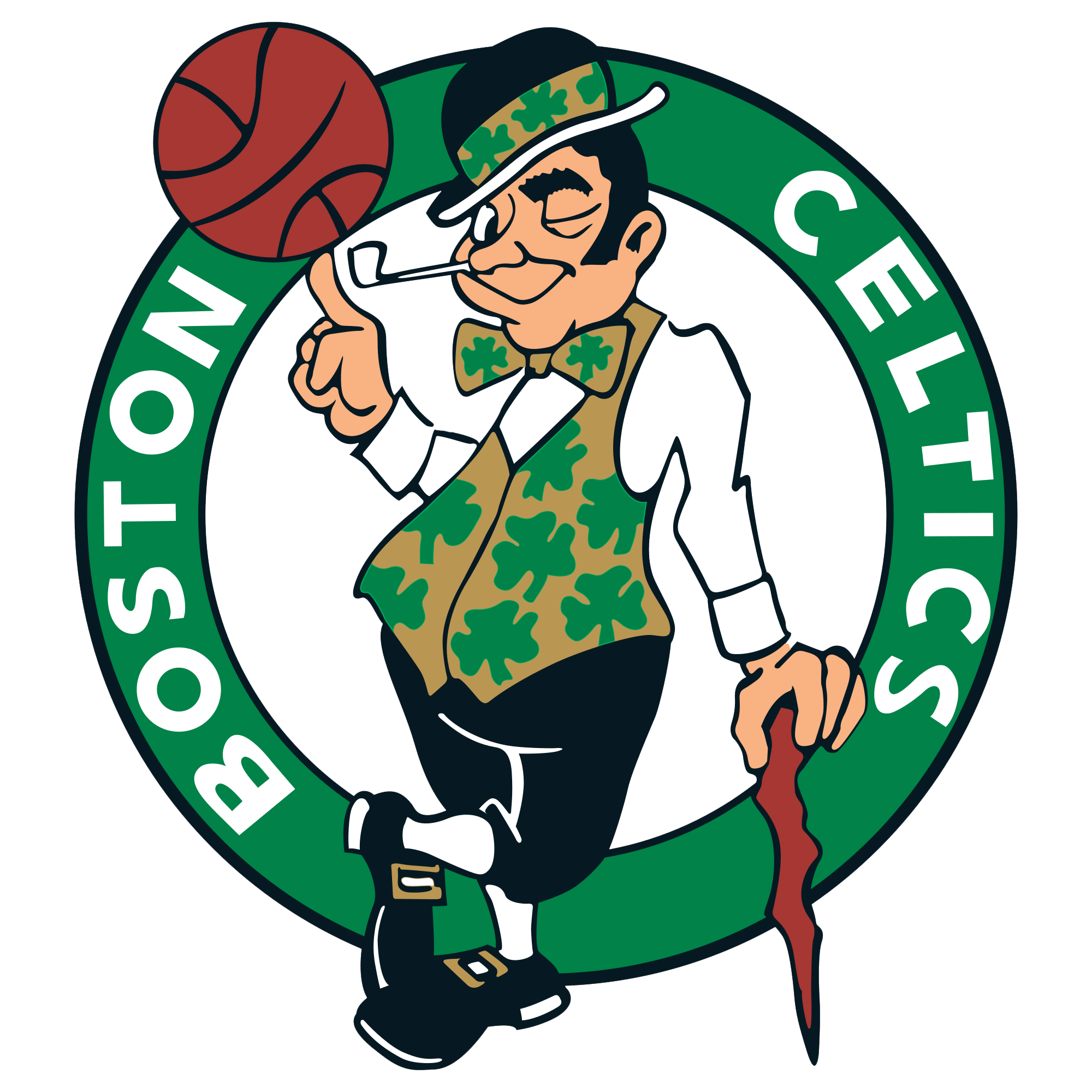
The third team in the East that broke through was the 2008 Celtics. This team was a rare example of a team coming together overnight, and immediately understanding how to sacrifice for the benefit of all. Historically, a Big Three of Kevin Garnett, Paul Pierce and Ray Allen came together in 2008 for a historic run to the Finals.
The Celtics managed an immediate 42-game swing from the previous season with the new core, going 66-16 on the way to a 4-1 defeat of the Lakers. Though the team only won 1 championship, they were strong contenders and threw down a gauntlet that young LeBron couldn't get through.

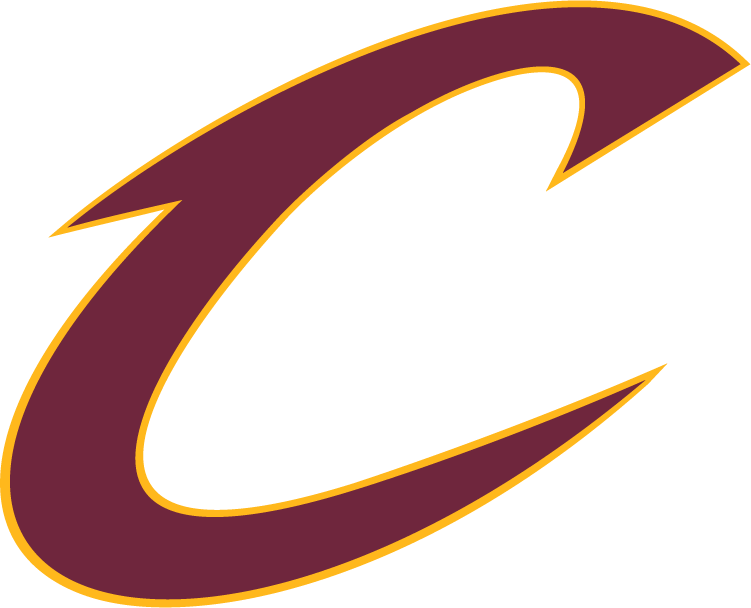
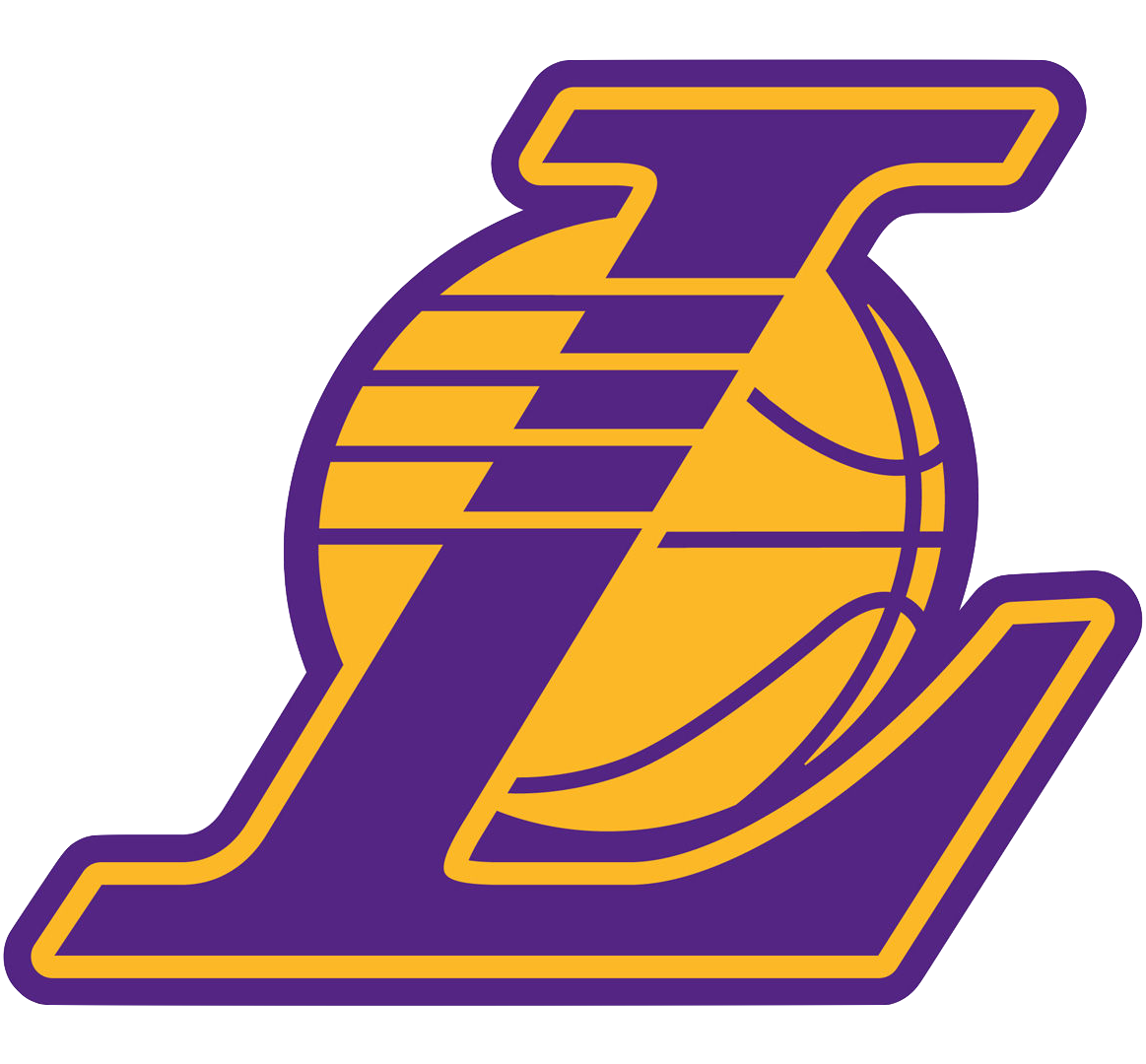
In 2010, LeBron James helped usher in an era of player empowerment through his controversial live program known as The Decision. In the live show, he announced he'd be moving on from his hometown-adjacent Cleveland Cavaliers to join Dwayne Wade and Chris Bosh in Miami.
The event and the actual decision turned LeBron into a league-wide villain at the time. Yet this move, along with the decision to start signing one-and-ones (one guaranteed contract year, one player option year) in the prime of his career vastly increased LeBron's leverage in the team-building and decision-making processes.
It also allowed his earnings to grow with the increasing salary cap of the league. Further, it provided a model of leverage which other superstars like Kawhi Leonard and Kevin Durant have since used to their advantage.
Aside from LeBron's substantial impact on the economics of the league, in 2011, LeBron kicked off an incredible run of 8 straight championship appearances between the Miami Heat (2011-2014) and Cleveland Cavaliers (2015-2018).
He won 3 championships during this time, cementing himself in the discussions for greatest-of-all-time by coming back from a 3-1 deficit in the Finals (never done before) to defeat a historically great 73-win (!) Golden State Warriors team. To help seal this title, LeBron delivered the most iconic chase-down block of all-time, rejecting Andre Iguodala's fast break attempt in an incredible, athletic feat.
That Cleveland championship was LeBron's moment of self-actualization. He brought Cleveland its first NBA championship and first championship in over 50 years. The man had achieved sports immortality.
Nevertheless, the overwhelming talent of the Warriors' crew eventually drove LeBron out of Cleveland and into Los Angeles as he sought greener pastures to enter the final stages of his prime.
At the moment, with Anthony Davis as his number two, LeBron experienced an amazing resurgence. He led the league in assists and captured a 4th title.
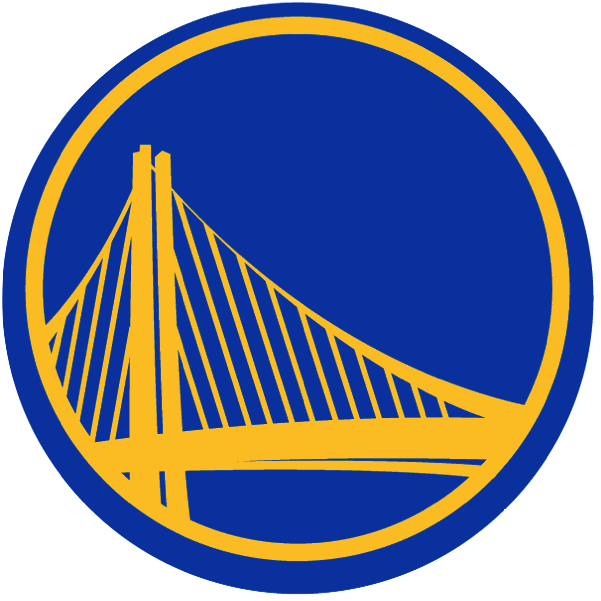
While LeBron was revolutionizing the league through sheer force of personality and will, the Golden State Warriors were building an entirely unique brand of basketball. Led by the two greatest shooters of all time, a strong focus on analytics and a coach uniquely suited to pull the team together, the Warriors ascended to unprecedented heights through sprawlball.
Steph Curry was the heralded leader of this revolution. His uncanny threeball accuracy from every conceivable angle and any possible distance unleashed new dimensions to the game. His team could play small lineups, highly focused on defensive switchability, and much more mobile without a traditional lumbering center clogging the lane.
This innovation, brought about by not only having Steph but also Klay Thompson on the perimeter, paved the way to modern NBA offenses that focus almost exclusively on high-value 3-point shots and 2-pointers at the rim. Ironically, the Warriors themselves maintained a significant mid-range shot ability, staying more balanced than later, less successful iterations of this offensive style (e.g. Houston Rockets).
On the court, the core of Steph, Klay and Draymond Green went to back-to-back Finals, winning the first, but losing the second in a shocking defeat. You might not think a 73-win team with a 3-1 lead in the Finals would need help, but that's exactly where LeBron pushed the Warriors.
After that first defeat, the Warriors recruited and signed Kevin Durant, leading to a dominant team that wiped out LeBron's Cavs in 2017 and 2018. Ultimately, only injuries and clashes of ego could undo the success of this team.
With Durant making it clear that 2019 was his last, the team started to splinter. Serious injuries to Durant and Klay finally derailed the team, leading to its 2019 Finals loss. Unfortunately the unlucky streak continued in the 2019-'20 season with Steph breaking his hand, leading to a sort of "lost season".
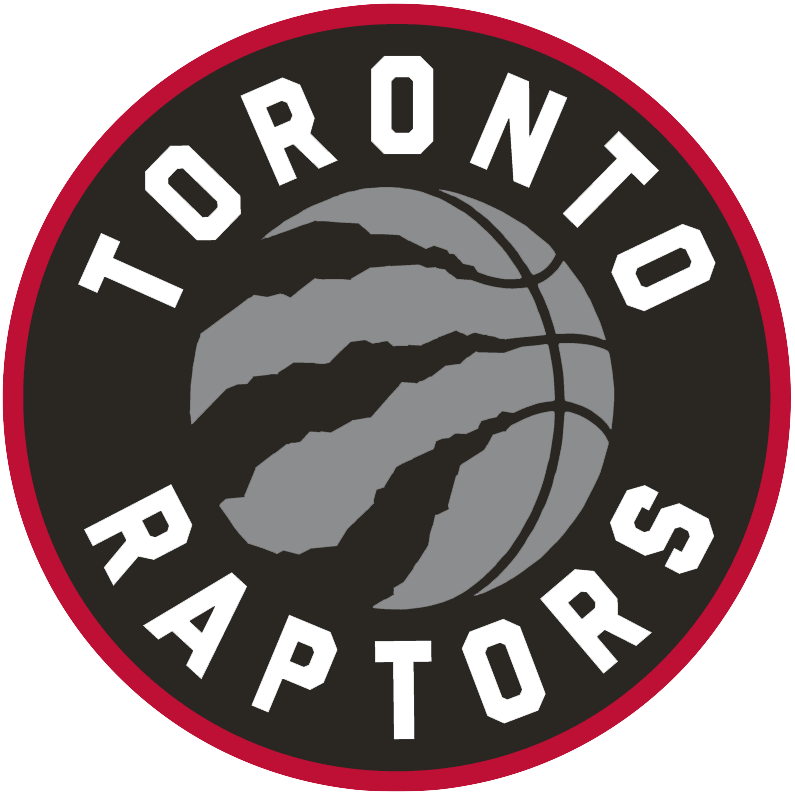
The 2019 champions of the NBA hailed from the same country that invented the sport. The Toronto Raptors, after several years of defeat at the hands of LeBron in various jerseys, shook things up.
They fired an accomplished head coach, traded a known asset in DeMar DeRozan for a very unknown asset (healthwise) in Kawhi Leonard.
And the gamble paid off. They bought one clear year of title contention, capitalized on it, and brought Toronto its first championship.
Keep scrolling below to find a fully interactive version of this historical graph!
